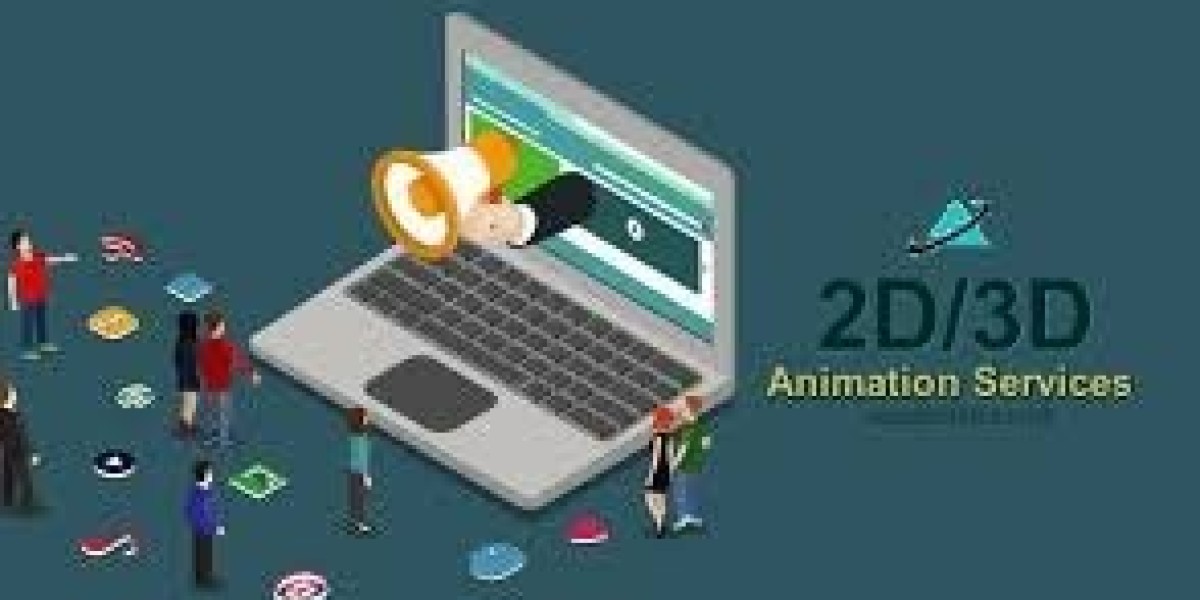What Is Animated Cinema?
Animated cinema refers to films that are created through animation techniques rather than live-action. This includes a range of styles and methods, such as traditional hand-drawn animation, stop-motion animation, and digital 3D animation. Animated films use a series of images or frames that are sequenced to create the illusion of movement.
Traditional Animation: This method involves creating each frame by hand-drawing or painting images. Classic examples include Disney’s Snow White and the Seven Dwarfs and The Lion King.
Stop-Motion Animation: This technique involves photographing physical objects or puppets in a sequence of incremental changes. The Nightmare Before Christmas and Coraline are notable examples.
3D Computer Animation: This modern technique uses computer-generated imagery to create three-dimensional characters and environments. Popular films such as Toy Story and Frozen showcase this technology.
How Did Animated Cinema Evolve?
The evolution of animated cinema is a story of technological advancements and artistic innovation.
Early Beginnings: The journey of animated cinema began in the early 20th century with pioneers like Winsor McCay and his film Gertie the Dinosaur (1914). This era saw the advent of silent animated shorts that laid the groundwork for future developments.
Golden Age of Animation: The 1930s to the 1950s marked the Golden Age of Animation, with Walt Disney leading the charge. This period saw the creation of iconic characters like Mickey Mouse and landmark films such as Snow White (1937), the first full-length animated feature.
Television and International Growth: In the 1960s and 1970s, animated content began to diversify with television shows like The Flintstones and international influences from Japan’s anime industry.
Digital Revolution: The 1990s and 2000s introduced digital technology and CGI. Pixar’s Toy Story (1995) was the first entirely computer-animated feature film, revolutionizing the industry and leading to a new era of animation.
What Are the Key Trends in Animated Cinema Today?
The landscape of animated cinema continues to evolve with new trends and technologies. Here are some key trends shaping the industry:
Diverse Storytelling: Modern animated films are increasingly diverse in terms of storytelling, characters, and cultural representation. Films like Moana and Encanto reflect a broader range of cultural experiences and backgrounds.
Interactive Animation: The rise of interactive storytelling, where audiences can influence the outcome of a narrative, is becoming more prevalent. This trend is seen in interactive films and video games.
Augmented Reality (AR) and Virtual Reality (VR): AR and VR technologies are creating immersive animated experiences. These technologies offer new ways for audiences to engage with animated content beyond traditional screens.
Sustainability and Ethical Practices: The animation industry is increasingly focusing on sustainability and ethical practices. Studios are adopting eco-friendly practices and addressing representation issues in their content.
Collaborative and Global Production: Animated cinema is becoming more collaborative and global. International studios and co-productions are contributing to a richer variety of animated content.
How Does Animated Cinema Impact the Film Industry?
Animated cinema has a profound impact on the film industry, influencing not only how stories are told but also how they are produced and consumed.
Creative Freedom: Animated films allow for greater creative freedom compared to live-action films. Filmmakers can create fantastical worlds, characters, and scenarios that are limited only by imagination.
Technological Innovation: The animation industry drives technological advancements that benefit other areas of filmmaking. Innovations in animation technology often lead to new techniques and tools that are used across various film genres.
Cross-Platform Content: Animated cinema often extends beyond the big screen into television, streaming services, video games, and merchandise. This cross-platform presence helps build and maintain a film’s popularity and profitability.
Emotional Impact: Animated films have a unique ability to connect with audiences on an emotional level. The use of visual storytelling and expressive characters often allows for a deeper emotional experience.
What Are Some Notable Examples of Animated Cinema?
There are countless examples of animated films that have left a lasting impact on audiences and the film industry. Here are a few notable examples:
Disney Classics: Films like The Little Mermaid (1989) and Beauty and the Beast (1991) are celebrated for their storytelling, animation quality, and cultural impact.
Pixar Innovations: Pixar has been a leader in animation with films such as Finding Nemo (2003) and Inside Out (2015), which are known for their creativity, emotional depth, and technological prowess.
Studio Ghibli Masterpieces: Studio Ghibli, founded by Hayao Miyazaki, has produced acclaimed films such as Spirited Away (2001) and My Neighbor Totoro (1988), known for their unique artistic style and storytelling.
Recent Hits: Modern hits like Spider-Man: Into the Spider-Verse (2018) have pushed the boundaries of animation with their innovative visual style and narrative techniques.
How Is Animated Cinema Shaping the Future?
The future of animated cinema looks promising, with several exciting developments on the horizon:
Increased Collaboration: As global collaboration becomes more common, we can expect to see a greater variety of animated styles and stories from around the world.
Advancements in Technology: Continued advancements in animation technology, including AI and machine learning, will likely lead to even more sophisticated and immersive animated experiences.
New Forms of Distribution: The rise of streaming platforms and digital distribution channels is changing how animated films reach audiences. This shift allows for more diverse content and greater accessibility.
Expanding Genres: Animated cinema is expanding beyond traditional genres. We’re seeing more animated films exploring genres like horror, thriller, and documentary, broadening the appeal and potential of animated storytelling.
Conclusion
Animation Studio is a vibrant and dynamic part of the film industry that continues to push creative and technological boundaries. From its early beginnings to its current innovations, animated films have proven to be a powerful medium for storytelling and artistic expression. As the industry evolves, animated cinema will undoubtedly continue to captivate and inspire audiences worldwide, offering new and exciting ways to experience the magic of film.
In summary, animated cinema is more than just a genre of film; it’s a testament to the power of creativity and technology in storytelling. Whether through heartwarming tales, adventurous escapades, or visually stunning spectacles, animated films have earned their place as a beloved and influential part of the cinematic landscape.








